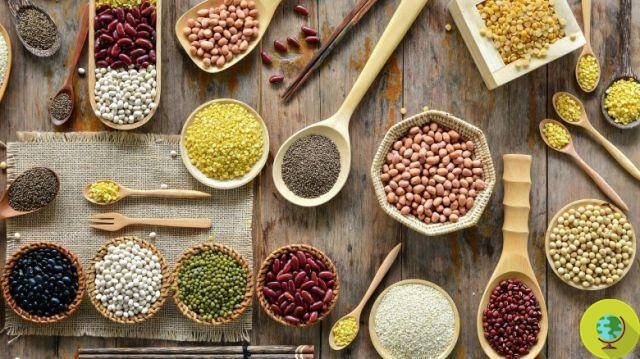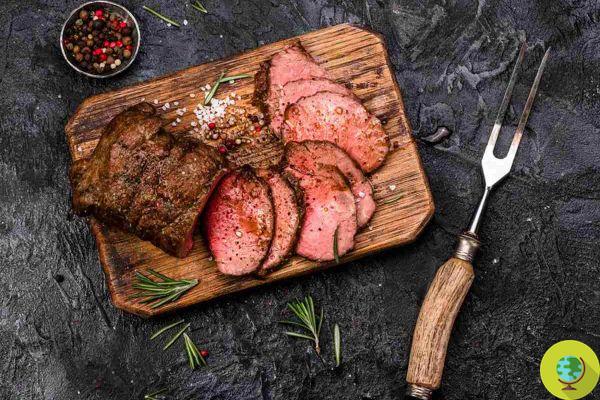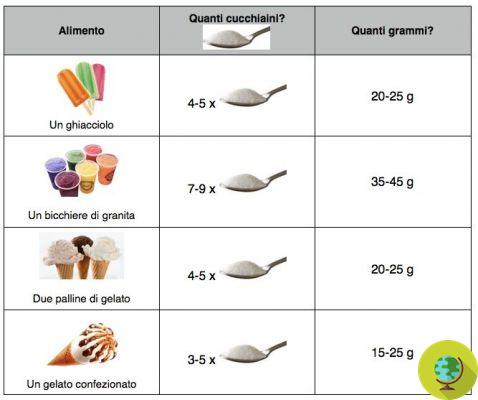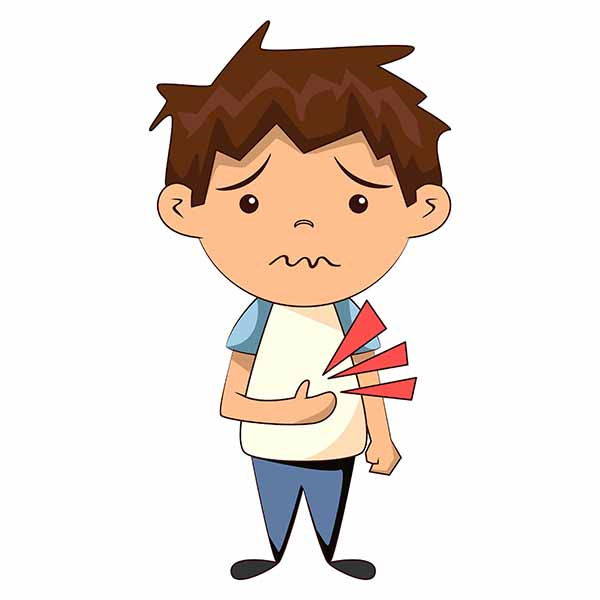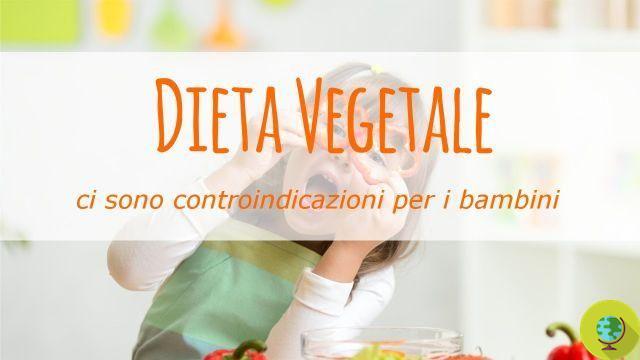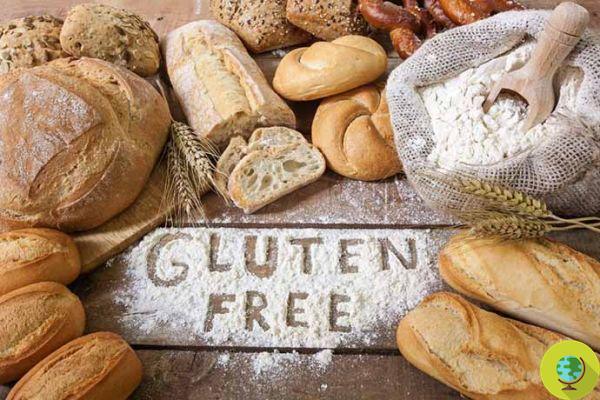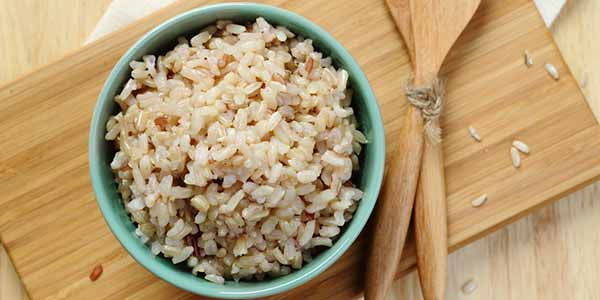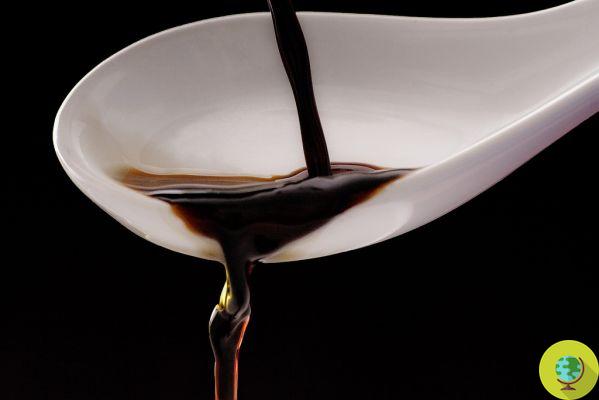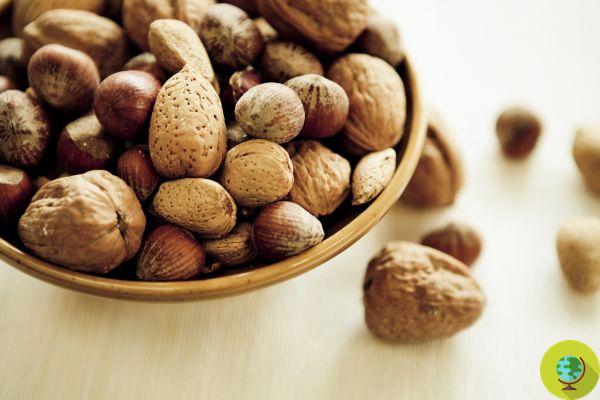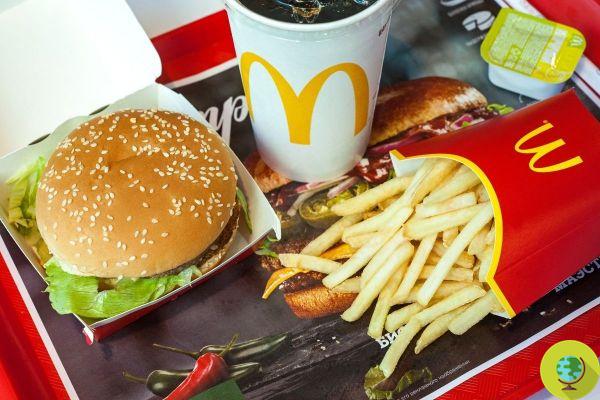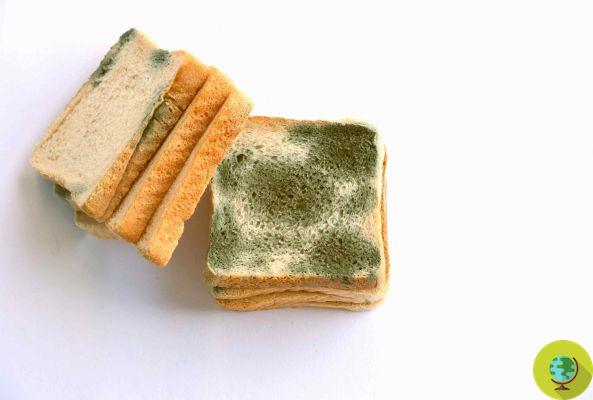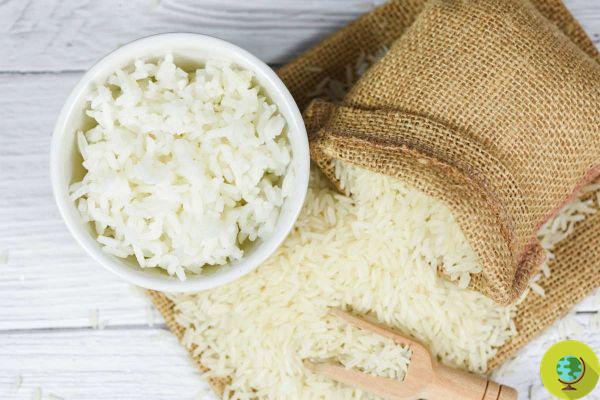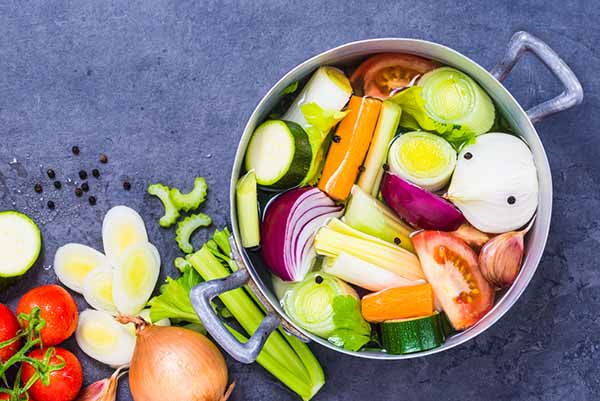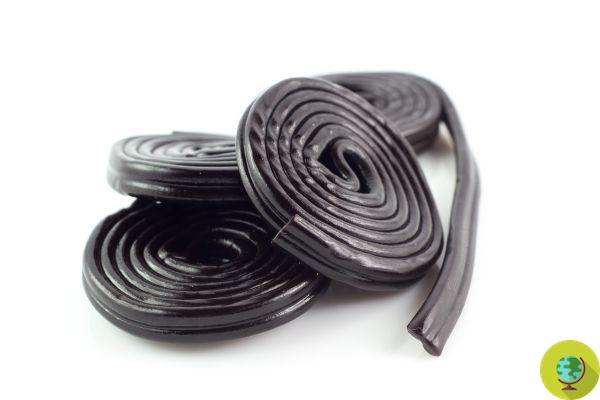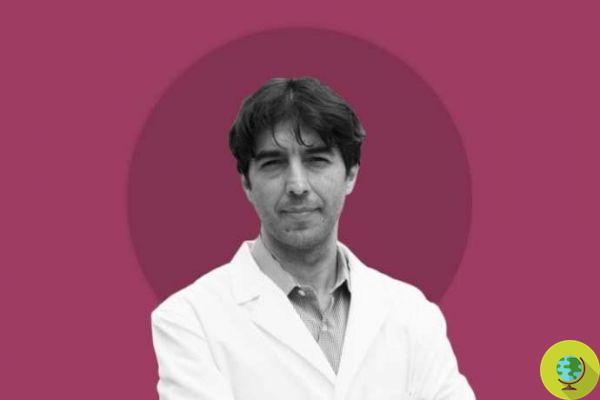Those who want to lose weight quickly often consider following a protein diet. But how does it work? What are the advantages and what are the contraindications of following a diet of this type?
Don't store avocado like this: it's dangerousWho wants lose weight quickly often takes into consideration the idea of following one protein diet. But how does it work? What are the advantages and which ones contraindications of following a diet of this type?
By protein diet we mean a diet in which protein intake prevails at the expense of carbohydrate intake, which is why it is also called low carb diet Among the most famous and appreciated high-protein diets are the Dukan diet and the Plank diet to which we have dedicated specific articles.
Read also: HYPERPROTEIC DIET: RISKS AND CONTRAINDICATIONS
But let's try to understand what they are the main features of the protein diet.
Index
HOW THE PROTEIN DIET WORKS
Although it is now known that the human body to function at its best needs different nutrients (carbohydrates, proteins and fats) to be consumed in the right proportions every day depending on the constitution of the person, sex, the activities they perform during the day and other, the protein diet recommends severely limiting carbohydrates. Instead, a very unbalanced diet is favored in favor of proteins, especially those of animal origin.
there different types of protein diets more or less known that differ from each other for some characteristics but which basically recommend a daily consumption of protein foods such as meat (red or white), fish, eggs, milk and cheeses (often excluding the fattest types), associated with some types of vegetables and fruits. It is also recommended drink plenty of water (about 2 liters) to try to better dispose of the toxins that are likely to accumulate with this type of diet.
On the other hand, to be strongly limited there are foods such as pasta and bread, sweets, alcohol but also potatoes and sweet fruit. Avoiding carbohydrates, anyway the body needs, it causes the body to attack the glucose reserves which are found in particular in the liver and muscles, and which are used in cases of urgency, when energy is needed quickly and cannot be expected to get it from new food consumed.
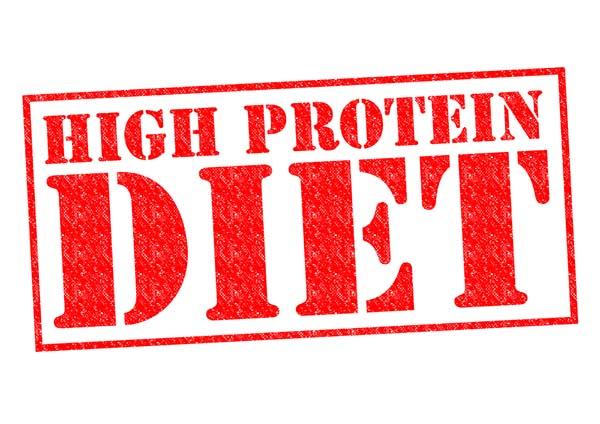
This type of diet recommends eating in particular animal proteins associated with vegetables. In most cases, the amount of food to be consumed is not indicated, this is because you lose weight regardless of calories but weight loss is based just about completely (or nearly completely) eliminating carbohydrates.
It is therefore very popular also because once you understand the foods that can be consumed, in most cases the quantities are free and there are no very strong calorie restrictions. You can eat a lot and do not exclude foods appreciated by most people such as meat, fish, eggs and milk.
EXAMPLES
But what do you eat in the course of a day? A typical example is for example the one proposed by Dukan diet which provides:
Breakfast: coffee or tea or 1 cup of skim milk, low-fat yogurt with one and a half tablespoons of oat bran. Those who prefer a savory breakfast can instead opt for 200 grams of low-fat cheese, cold cuts or an egg.
Snack: low-fat yogurt, low-fat cheese or 2/3 slices of turkey breast, 1 cup of herbal tea, tea or coffee
Lunch: 150 grams of grilled meat or the same amount of fish. Alternatively 2 eggs. But you can also make many different recipes such as: turkey breast rolls with spreadable cheese, savory crêpes based on eggs and oat bran, baked fish and even desserts such as Dukan chocolate cream made with cocoa low-fat, milk and low-fat yogurt.
Snack: low-fat yogurt, tea or coffee
Price: 150 grams of protein food of your choice between meat, cold cuts, fish, shrimp or a mix. You can always treat yourself to a dessert (without chocolate sugar) of those proposed by Dukan.
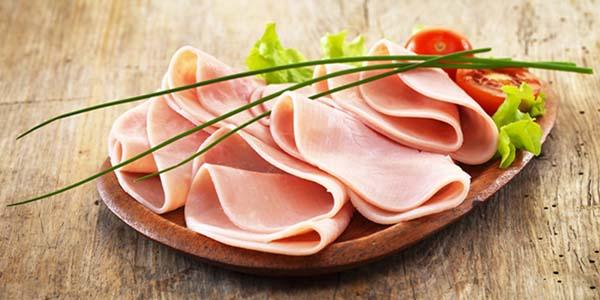
La diet Plank instead he proposes one pattern to be followed to the letter for 7 days and then repeat the same pattern for another week:
First day
Breakfast: Unlimited bitter coffee
Lunch: two hard-boiled eggs and spinach with a little salt
Price: one large grilled steak or three fried beef steaks, salad and celery.
Second day
Breakfast: bitter black coffee and a piece of bread.
Lunch: a steak, salad and fruit (whichever you prefer).
Price: cooked ham at will.
Third day
Breakfast: bitter black coffee and a piece of bread.
Lunch: two hard-boiled eggs, salad and tomatoes
Price: cooked ham and salad
Fourth day
Breakfast: bitter black coffee and a piece of bread.
Lunch: an egg, raw or boiled carrots, Swiss cheese
Price: yogurt and fruit
Fifth day
Breakfast: bitter coffee, carrots and lemon
Lunch: steamed fish and tomatoes
Price: steak and salad
Sixth day
Breakfast: bitter coffee and a piece of bread.
Lunch: grilled chicken.
Price: 2 hard-boiled eggs, carrots.
Seventh day
Breakfast: tea with lemon juice.
Lunch: grilled steak, fruit.
Price: frees it
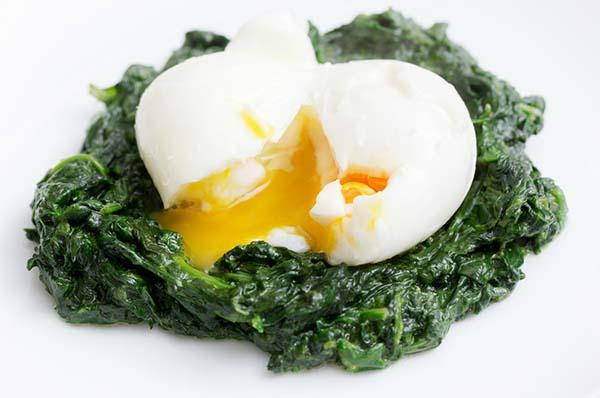
Of course, depending on the needs and tastes, it is possible to combine the foods allowed in a different way during the day, also following other types of eating patterns or making a personalized plan with a nutritionist.
ADVANTAGES
The great advantage of the protein diet that has made it famous and appreciated all over the world is that undoubtedly makes you lose weight and generally quickly too. This is due to the fact that proteins increase metabolism and stimulate lipolysis (i.e. the splitting and elimination of fats). Therefore, increasing the intake of these nutrients has a fairly direct effect on weight loss.
Another advantage very dear to sportsmen (who often follow this type of diet) is theincrease in muscle mass. In fact, proteins are essential blocks for the proper functioning and development of muscles and, combined with sports practice, excellent results are obtained.
Other positive effects that can be found are better hair and skin health which benefit from protein intake.
You therefore have the advantage of losing weight quickly and seeing your muscle mass or beauty improve but in the face of possible side effects and contraindications absolutely not to be underestimated.
The advantages of the protein diet are therefore:
• Improves the metabolism
• Promotes weight loss
• Contributes to muscle development
• Improves the health of hair and skin
CONTRAINDICATIONS
The contraindications of the protein diet are repeatedly reported by most nutritionists. The most damaging effect is undoubtedly the one found at the level of Reindeer and liver forced to work hard to dispose of toxins that with this type of diet accumulate numerous. Introducing too many proteins, in fact, leads to the production of a lot of uric acid which, if not properly disposed of, can damage the kidneys, forming stones, for example. The wastes of protein metabolism are also difficult to dispose of even for the liver which in the long run can become intoxicated and consequently cause various disorders to appear even in distant areas of the body. People who already suffer from kidney and / or liver disorders should therefore categorically avoid undergoing a protein diet.
Often the protein diet also has the disadvantage of taking over constipation problems even in people who previously did not suffer from it. This is because fiber intake is often low. They can also appear headaches, mood disorders, menstrual cycle disorders and bad breath problems as well which obviously increased cholesterol and triglycerides.
Furthermore, it should not be underestimated that a high-protein diet exposes more to the risk of gout and to develop certain types of cancer such as colorectal cancer.
Often then as soon as you return to a more traditional diet you tend to lose the benefits obtained in a short time, i.e. you regain weight and go towards the so-called yo-yo effect.
The contraindications of the protein diet and the side effects that may appear are therefore:
• Fatigue of the liver and kidneys
• Constipation
• Headache
• Mood disturbances
• Disorders of the menstrual cycle
• Bad breath
• Increase in cholesterol and triglycerides
• Increased risk of gout
• Increased risk of colorectal cancer
• Possible yo-yo effect at the end of the diet
MAXIMUM DURATION
Given the important contraindications that can be encountered following this diet, it is good (if you really choose to follow it) to carry it on for a limited period of time and under the guidance of an experienced person. Generally we start from a minimum of a week of diet but you can get to follow it for a month or more (as is the case, for example, if you choose to follow the Dukan Diet which provides a very specific scheme to follow).
Read also: DUKAN DIET: HOW IT WORKS, EXAMPLES, WHAT TO EAT AND CONTRAINDICATIONS
THE OPINION OF THE NUTRITIONIST
We asked Roberta Martinoli, nutritionist biologist and surgeon, what do you think about the protein diet. Here is what he told us, in technical language but understandable in its fundamental data:
“Evolutionary medicine scholars speculate that Neanderthals disappeared some 40.000 years ago because, unlike Homo sapiens, they lacked the biochemical pathway that allowed them to harness body fat to feed the brain. We are talking about the beta-oxidation of fatty acids which in times of famine represented an evolutionary advantage for us and which is the basis of ketogenic diets. Today, ketogenic diets are improperly defined as protein or high protein and are mostly presented as dangerous diets for our health. Among the risks that are attributed to an "oligoproteic" diet (made exclusively from protein sources and low-carbohydrate vegetables) there is that of kidney and liver overload and that of the induction of a state of keto-acidosis. In reality, the protein intake is established in relation to the desirable weight so that it happens more often to eat, on a ketogenic diet, as many proteins as we would eat following a varied diet or even less ".
What does following this type of diet involve?
“Spot that it comes to dietary regimes which should only be undertaken under medical supervision (there are contraindications in the patient with pathologies in progress) the first thing to say is that ketogenic diets do not cause keto-acidosis but ketosis. Ketosis is a metabolic state that occurs as a result of fasting or a diet with a very low carbohydrate intake (less than 50 grams per day). In both of these situations it happens that the blood glucose reaches very low concentrations. Glucose is the fundamental fuel of every cell but if it is scarce we have the possibility to shift our metabolism towards the use of fats that if not present in our diet (in the ketogenic diet the intake of fats from food sources is also limited) they are inevitably taken from our body reserves. However, the brain is unable to use fat as an energy substrate. So how is it possible to survive famines? We are obviously faced with a problem that has arisen countless times in our evolutionary history and to which Nature has given an answer by inventing ketogenesis. Acetyl-CoA derives from the beta-oxidation of fatty acids, which under conditions of a varied diet and a good presence of oxaloacetate (derived from carbohydrates consumed with the diet) is initiated into the Krebs cycle. In this regard, the biochemists say that fats are burned on the fire of carbohydrates: no carbohydrates, no oxaloacetate, blocking the Krebs cycle means being faced with an excess of acetyl-CoA. In these cases the effectiveness of our metabolic system slows down, the production of energy in the form of ATP is less effective while on the other hand we are faced with an excess of this intermediate metabolite, acetyl-CoA. It is at this point that the liver takes charge of the situation and starts part of the acetyl-CoA towards beta-oxidation with the consequent production of ketone bodies (acetone, acetone-acetone and beta-hydroxybutyrate) ".
What's the benefit?
“First of all in the face of a highly low-calorie diet (on average a ketogenic diet brings less than 1000 kcal / day) we still manage to get energy by harnessing our body fats. Secondly, the brain that does not like fat is able to use the ketone bodies. It is no coincidence that the ketogenic diet is the main form of therapy in some forms of drug-refractory epilepsy. But there are those who have gone even further regarding the benefits that the brain would be able to derive from ketone bodies and in particular from beta-hydroxybutyrate. Harvard Medical School Professor George F. Cahill says, “Recent studies have shown that beta-hydroxybutyrate, the major ketone, is not just a fuel but an energy-producing super-fuel that is more efficient than glucose. It also protected neuronal cells in the tissue culture phase from exposure to toxins associated with Alzheimer's or Parkinson's. "When the production of ketone bodies is greater than the capacity of use by our cells, the blood concentration of these molecules rises going beyond the upper limit of the norm. In this case we say we are in a situation of ketosis.
E what does this ketosis situation entail?
“Since ketones are acidifying and we need to keep blood pH within a normal range buffer systems come into play and some of the ketone bodies are however eliminated in the urine (the Ketur-test is a test that uses colorimetric papers to measure the concentration of ketone bodies in the urine and is often used by those who undertake a ketogenic diet to verify that they have actually entered ketosis). Physiologically, the presence of ketone bodies in the urine calls up more water and this leads to a greater loss of fluids through the renal emunctory. This is the reason why those who follow this type of diet are recommended to drink a lot. Ketoacidosis, improperly attributed to ketogenic diets, is a very different thing from ketosis. In this case, the concentration of ketone bodies is so high that the buffer systems are no longer able to maintain the blood pH in a normal range while the kidney is unable to manage this overload. This is a medical emergency that requires early intervention as it can lead to coma and death. However, such a situation will never occur as a consequence of a ketogenic diet while it is a complication of type I diabetes ".
In which cases can ketogenic diets be useful?
"These diets represent a valid tool in the treatment of patients with serious pathologies in progress, ininduce rapid weight loss in situations where there is a medical emergency (the patient who has to undergo an elective surgery but in which the high weight represents a risk above all from an anesthetic point of view) or in general in the management of a significant overweight and obesity ".
That advice you can give who wants to follow the ketogenic diet?
“There is no doubt that ketogenic diets fuel a market made up of supplements and foods intended as meal replacements and have long since been a commercial fact. The point is when it comes to our nutrition and our health it is not wise to rely on dietary marketing nor to dietary counter-marketing. A diet is not good or bad because advertising tells us so. A diet can be good for us and bad for someone else. That it is good does not have to tell us the neighbor but the scientific evidence. So if you have any doubts ask an expert or read up on the official sources ".




